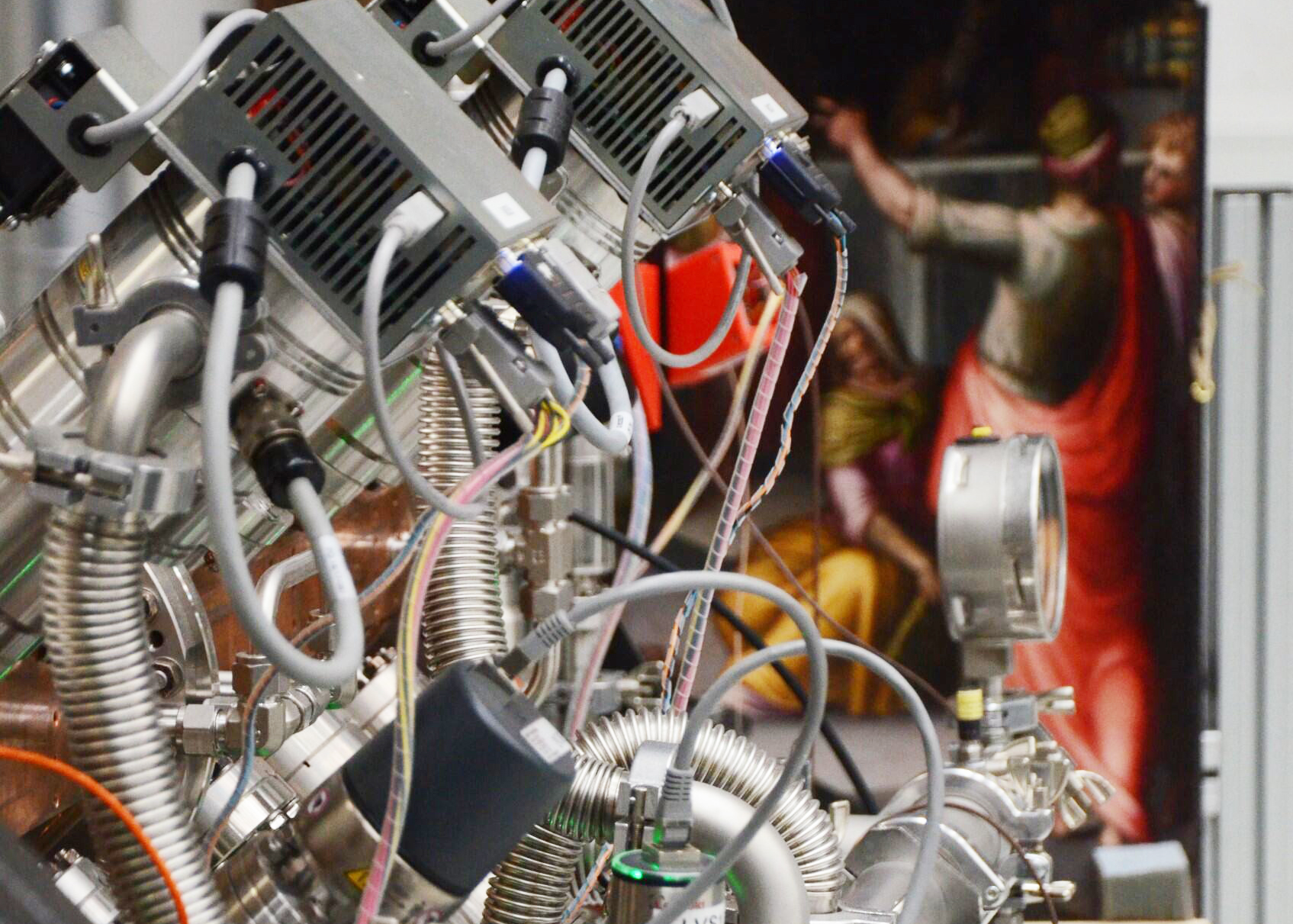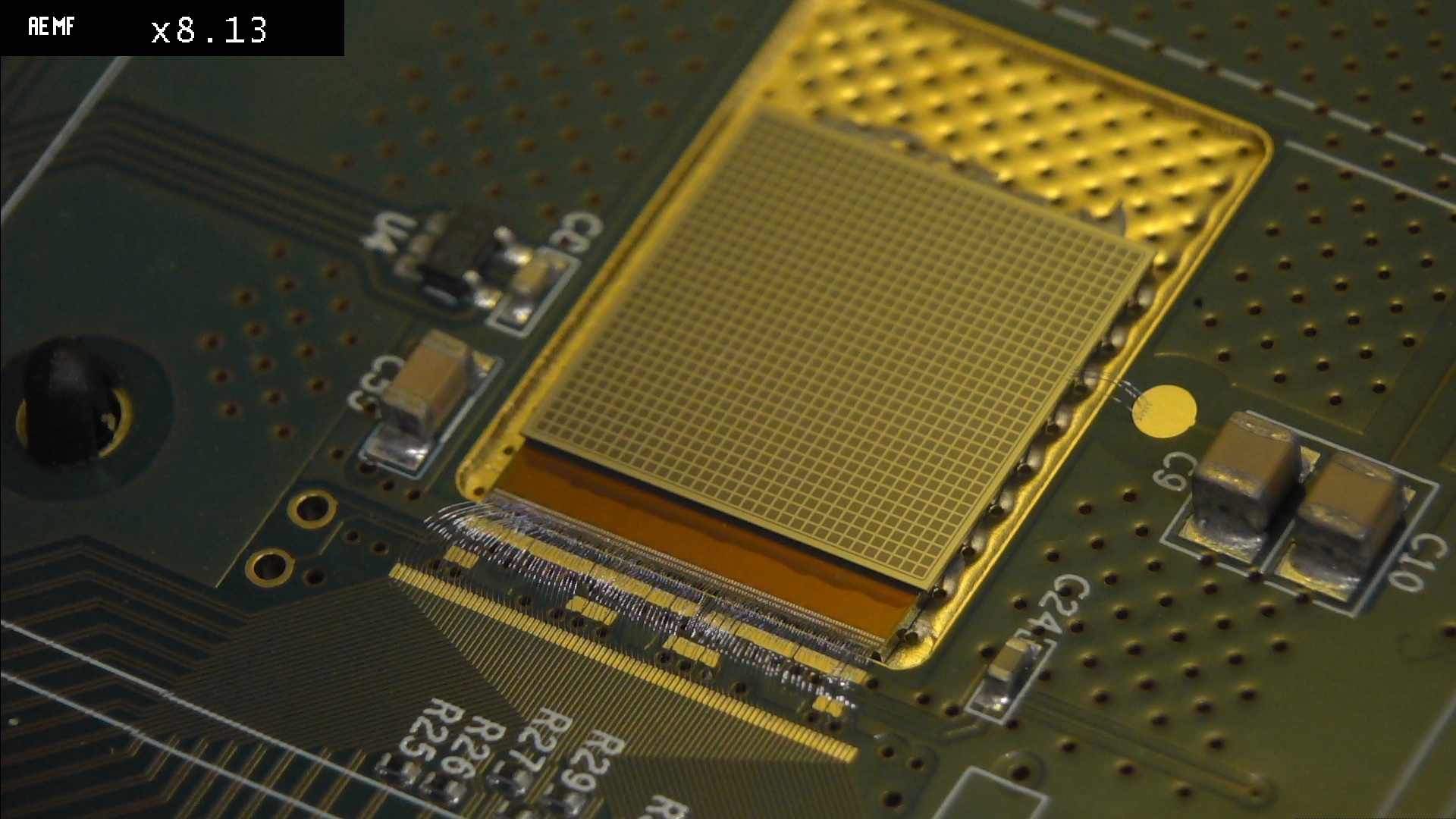An example of this process is the INFN.Open project, an initiative aimed at transforming scientific solutions developed in nuclear research into practical innovations for industry. Launched in 2023 with €1.8 million in funding, the project has introduced advanced tools for intellectual property management, technology scouting and the assessment of the social impact of technology transfer activities. It has also strengthened communication through a new web portal (https://web.infn.it/TechTransfer/), which gathers INFN’s technologies, patent portfolio, innovation support programmes and training initiatives for staff. The second phase, INFN.Open2, will begin this year with further funding of €2.3 million and will create an integrated platform for managing intellectual property, consolidating INFN’s role as a key player in the national innovation ecosystem.
Another crucial initiative of the National Committee for Technology Transfer is the Proof of Concept (POC) programme, designed to advance technologies developed by research groups to a higher level of maturity. The R4I – Research for Innovation call is structured as a POC project aimed at funding technologies that, having reached a certain level of maturity in the laboratories, have the potential to cross the boundary between research and industry.
Since 2018, the programme has funded 34 projects with a total budget exceeding €1 million, also enabling the awarding of 27 research grants. The funded projects cover a wide range of fields, with particular emphasis on dosimetry (DOIN, 4MICA), medical diagnostics (Dorian, DeepLook) and materials technologies (Sinter, MultiRolls).
Furthermore, R4I funding has fostered or strengthened collaborations between INFN and industry, as in the case of Eurolls, a leading company in the production of rollers for metal wire rolling which, thanks to the MultiRolls project, has been able to implement hard anti-wear coating technology in its products. In other cases, the R4I project has evolved into a genuine entrepreneurial venture, such as the Dorian team, which created a spin-off dedicated to commercialising automatic image analysis algorithms. These algorithms were developed within the R4I framework and are now used in medical diagnostics to interpret images obtained through magnetic resonance imaging (MRI) or positron emission tomography (PET).
Inoltre, i finanziamenti R4I hanno fatto nascere o consolidato rapporti di collaborazione tra l’INFN e le industrie, come nel caso di Eurolls, Azienda leader nella produzione di rulli per la laminazione di fili metallici che, grazie al progetto MultiRolls, ha potuto implementare nei suoi prodotti la tecnologia dei rivestimenti duri antiusura. In altri casi, invece, il progetto R4I si è trasformato in una vera e propria sfida imprenditoriale, come è successo per il team di Dorian, che ha creato uno spin-off dedicato alla commercializzazione degli algoritmi di analisi automatica delle immagini. Questi algoritmi sono stati sviluppati proprio all’interno di R4I, e ora vengono utilizzati nella diagnostica medica per interpretare le immagini ottenute con la risonanza magnetica (MRI) o la tomografia a emissione di positroni (PET).
Numerous Italian companies, especially small and medium-sized enterprises, have transformed their industrial trajectories by joining the supply chain for advanced technologies in fundamental research, thanks to encounters with physics and its requirements.
In the past ten years, INFN’s technology transfer activity has produced 266 patents, 5 spin-offs, 52 licences and 46 proof-of-concept projects.
For further details, see the dedicated brochure.

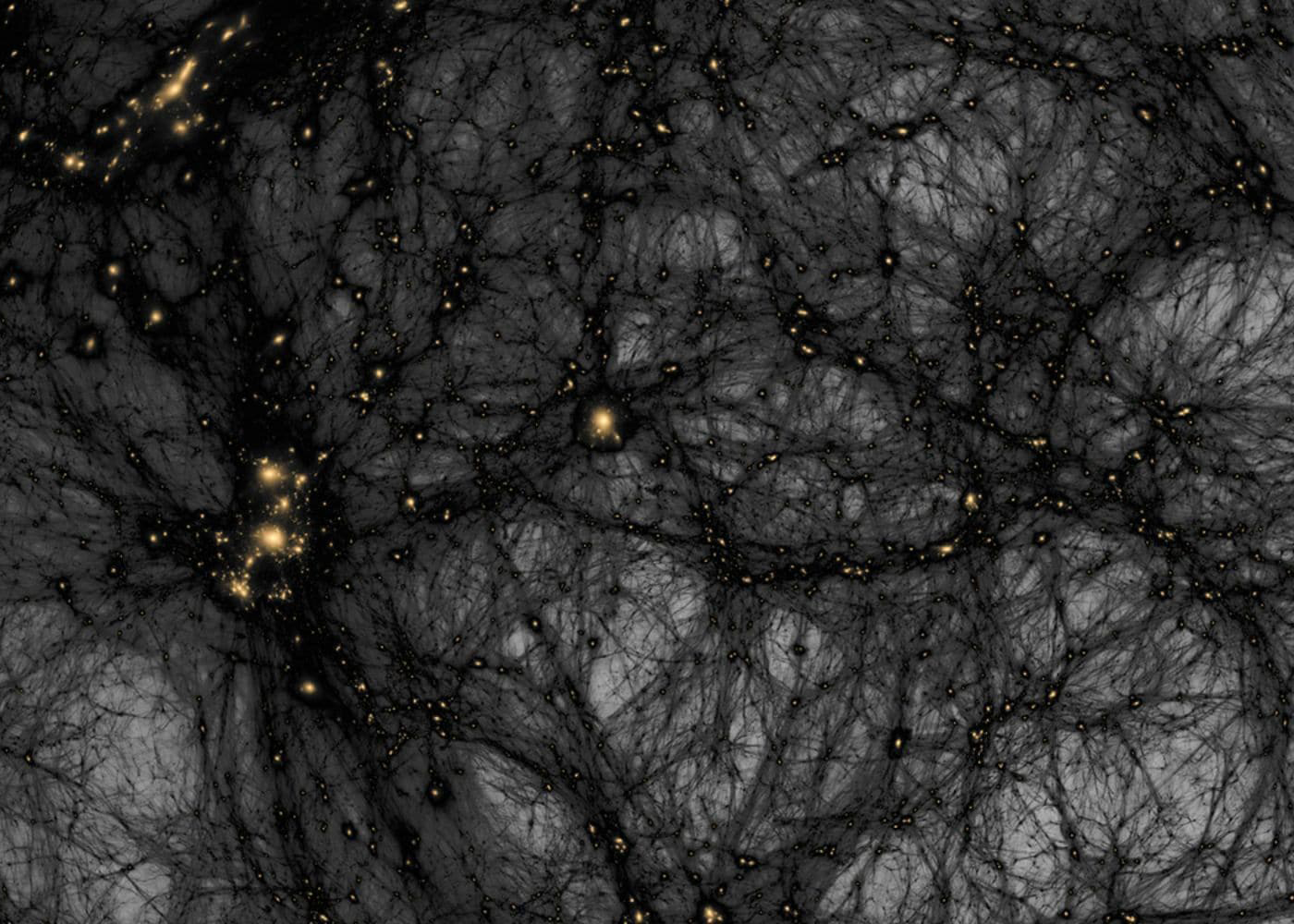

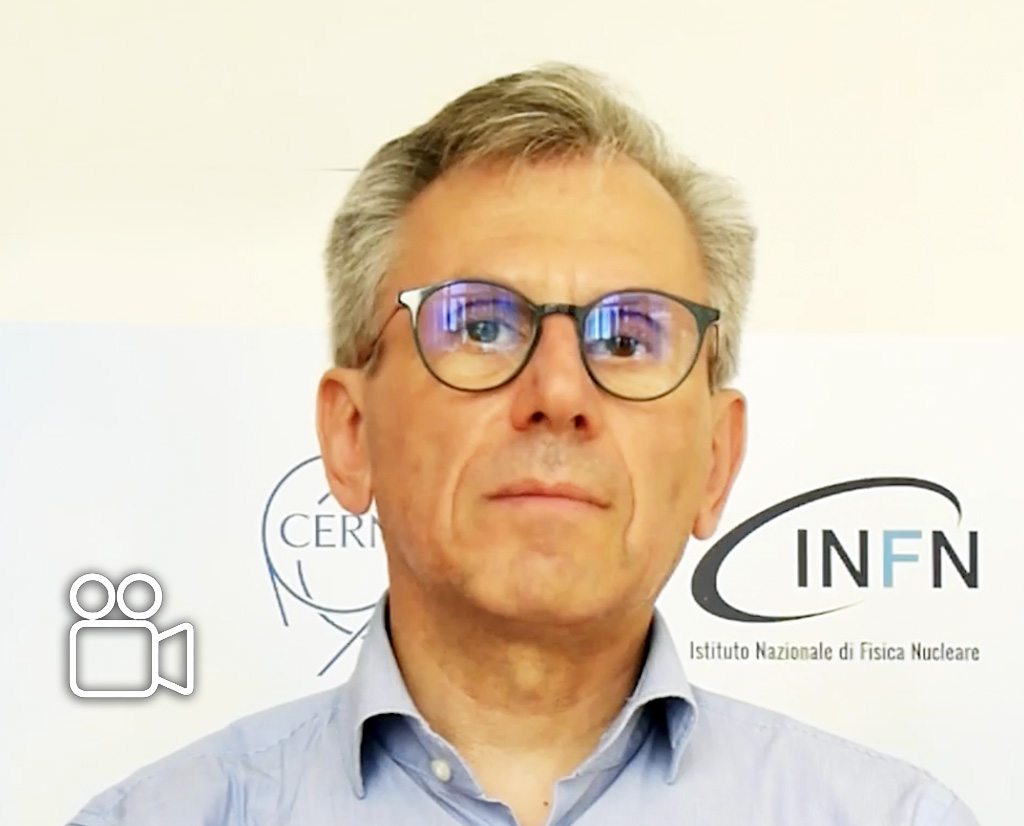
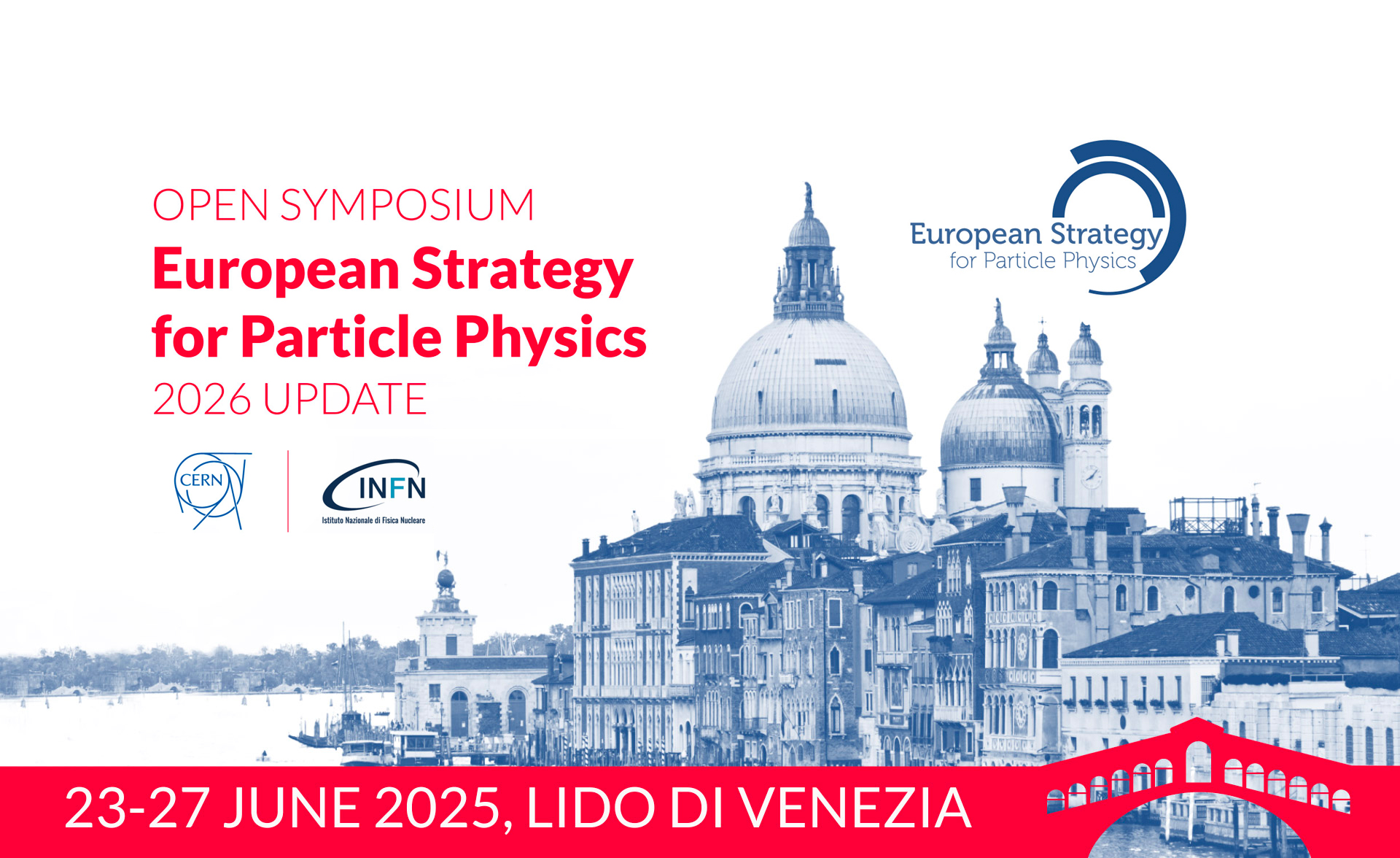

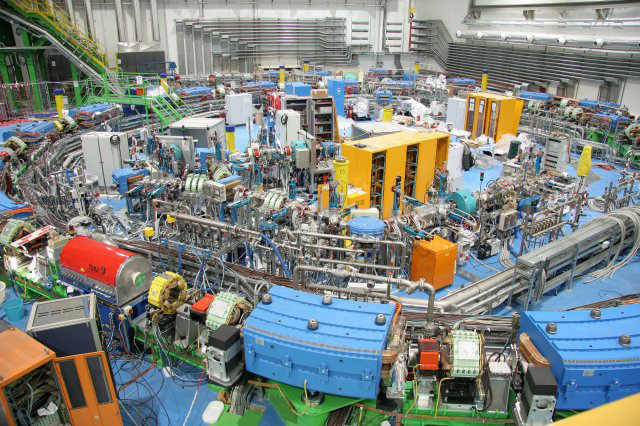
![Positron emission tomography with fluorodeoxyglucose FDG-PET [18F], grey matter GM, structural magnetic resonance imaging MRI. ©ResearchGate Positron emission tomography with fluorodeoxyglucose FDG-PET [18F], grey matter GM, structural magnetic resonance imaging MRI. ©ResearchGate](https://www.infn.it/wp-content/uploads/2024/03/fisicamedica3.jpg)
